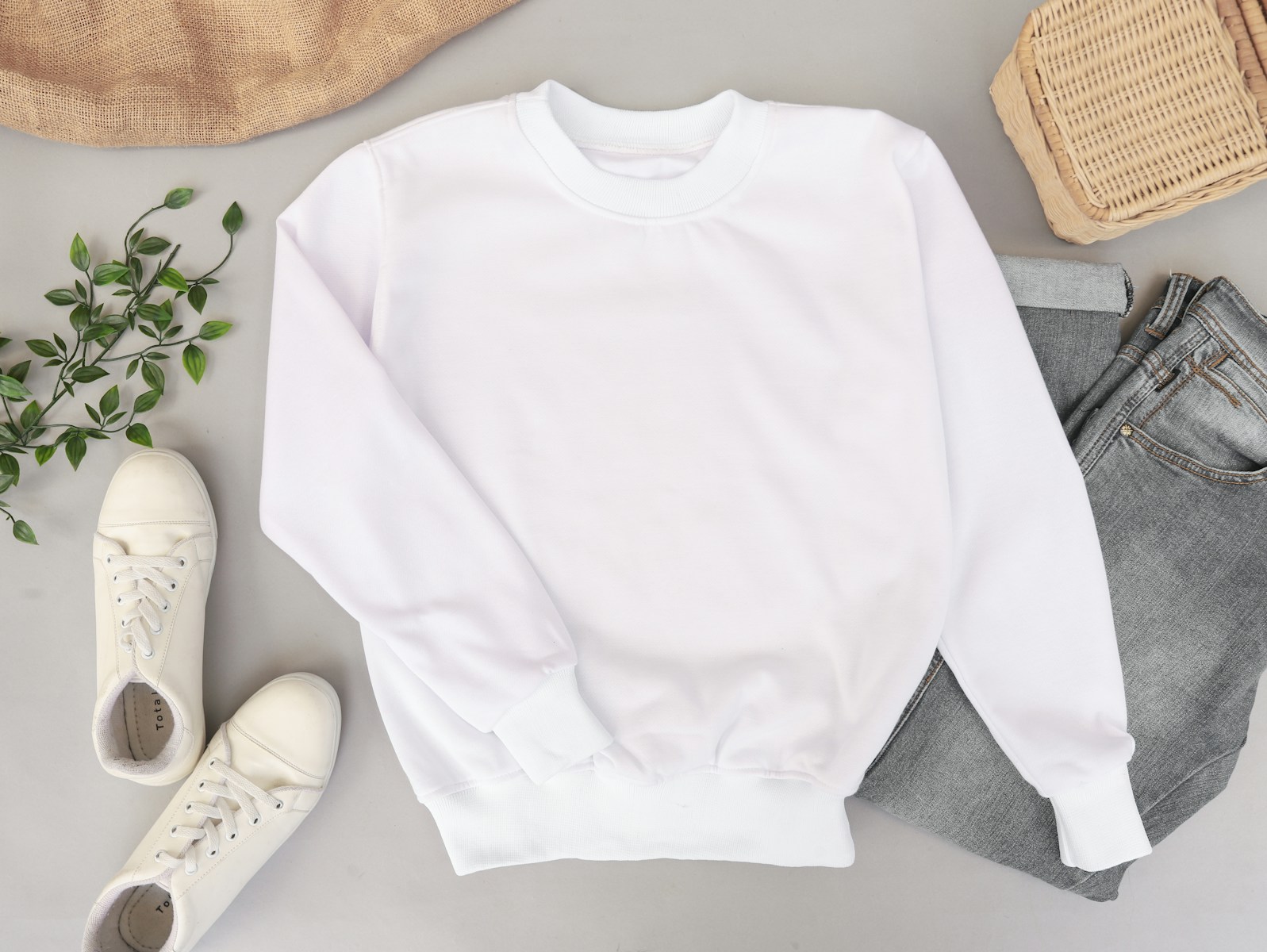
As the world gradually reawakens from an unprecedented period of global isolation, a particular demographic finds itself at a unique crossroads: introverts. For many, the initial onset of the pandemic, with its forced retreat from bustling social schedules and demanding interpersonal interactions, presented an unexpected respite. It was a moment when the often-overlooked preference for solitude moved from a personal inclination to a societal mandate, offering a rare glimpse into a life less dictated by external social pressures.
Yet, this period of enforced quietude has also brought forth a complex tapestry of experiences. While some indeed found a ‘silver lining’ in the slower pace and empty calendars, a new anxiety has emerged—what many are calling ‘fear of reentry.’ This apprehension stems from the prospect of returning to a social world that, for introverts, can often be inherently draining and stressful. Understanding this delicate balance, and how introverts are now empowered to shape their lives, offers crucial insights into the evolving landscape of our post-pandemic society.
This in-depth exploration delves into the nuanced world of introversion, examining how the pandemic served as a profound catalyst for self-discovery and the unapologetic assertion of personal needs. From debunking common myths to outlining practical strategies for navigating renewed social dynamics, we uncover why, for introverts, the ‘new normal’ promises a chance to truly thrive on their own carefully considered terms.
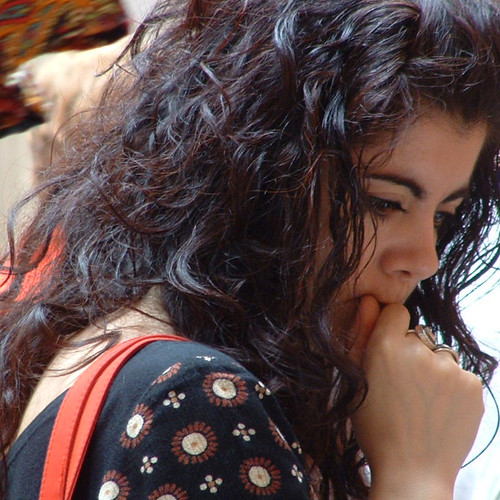
1. **Defining Introversion: More Than Just Shyness**To understand the introvert’s post-pandemic journey, it’s essential to first grasp what introversion truly entails. As Merriam-Webster defines it, an introvert is ‘a reserved or shy person who enjoys spending time alone.’ However, this definition, while accurate, only scratches the surface of a complex personality trait that profoundly influences how individuals interact with and derive energy from the world around them.
The experience of introversion is far from monolithic; it exists on a broad continuum, much like extroversion. Ishmael, a tech professional in his late 20s, encapsulates this, noting his consistent effort to ‘push myself to be more sociable’ despite feeling ‘awkward and uncomfortable in many social situations.’ His acknowledgment of this internal struggle highlights that introversion isn’t a lack of desire for connection, but rather a distinct approach to how that connection is sought and processed.
Similarly, Leticia, who describes herself as happiest at home with her husband and pets, expresses a preference for working in her garden over being around many people, even though she genuinely likes people. This illustrates a core tenet of introversion: the preference for solitude and opportunities for reflection. Psychology Today emphasizes that ‘First and foremost, introverts seek out and enjoy opportunities for reflection and solitude; they think better by themselves.’ This inherent drive for quieter, more reflective environments is a defining characteristic, shaping everything from work preferences to social habits.
2. **The Pandemic’s Unexpected ‘Silver Lining’ for Introverts**For many introverts, the global lockdowns, despite their immense challenges, presented an unforeseen ‘silver lining’—a mandated break from the often-stressful demands of everyday interactions. This forced pause allowed individuals like Ishmael to gain crucial self-awareness. He reflected, “I didn’t realize just how stressful I found my life until I was ‘forced’ not to socialize.” This sentiment resonates with a recent New York Times article, which observed that ‘For some adults, the pandemic provided a glimpse into just how much anxiety they were experiencing on a regular basis.’
The previous pace of life, particularly for those in demanding professions or social roles, often masked a deep-seated stress. Josh Bernoff, a public speaker and author, served as a compelling example in the Times article. He ‘said he was constantly stressed by traveling, figuring out where his next on-the-go meal was coming from and making socially awkward conversation with people he didn’t know that well.’ The pandemic, by stripping away these external pressures, inadvertently revealed the hidden burdens many had been carrying.
This period offered a unique opportunity for introverts to experience an ’empty calendar’ and a ‘slower pace of life,’ as one individual shared. For some, like the writer who ‘grew to love my quiet little bubble with my husband, our empty calendar, slower pace of life, and having the COVID “excuse” to use (as needed),’ the pandemic created a protected space where their natural preferences for solitude and low-key living were not only permitted but encouraged. This unexpected ‘forced’ quiet allowed for a deep recalibration of what constitutes personal well-being.
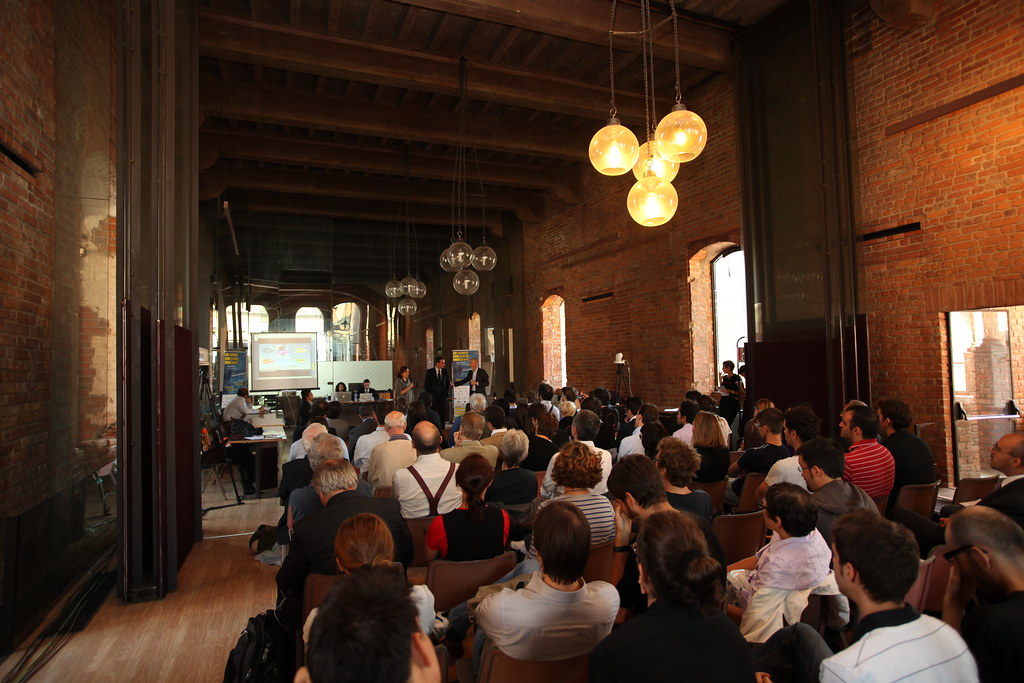
3. **The ‘Fear of Reentry’: Anxiety as the World Reopens**As the initial relief from social obligations began to wane with the world’s reopening, a new and palpable concern emerged for many introverts: the ‘fear of reentry.’ This phenomenon describes the anxieties associated with returning to social situations where interpersonal interactions can stir up discomfort and stress. The prospect of resuming pre-pandemic social rhythms, where friends and colleagues eagerly seek to reconvene, now feels daunting for some who had grown accustomed to a different rhythm.
Ishmael’s earlier revelation about the stress of his pre-pandemic life highlights the core of this fear. Having experienced a period devoid of constant social demands, the thought of re-engaging with the ‘sometimes difficult and often stressful social world’ triggers genuine apprehension. This isn’t merely a reluctance to socialize, but a profound concern about the energy expenditure and emotional toll that extensive social interaction can impose on an introvert.
While the ending of isolation is undeniably a relief in many aspects, it has also become a cause for concern. The comfort of the ‘COVID “excuse”’ has dissipated, leaving introverts to navigate expectations of renewed social engagement. This creates a tension between the desire for connection and the need to protect their newfound appreciation for a quieter, more self-directed existence, posing a significant psychological challenge as society rushes back to ‘normal.’

4. **Cultural Bias: America’s Preference for Extroverts**The context for introverts’ experiences, both during and post-pandemic, is significantly shaped by societal norms, particularly in cultures that valorize extroverted traits. Psychology Today succinctly states, “Cultures differ in how they value certain personality traits, and America likes its extroverts; it rewards assertiveness and encourages people to speak up.” This cultural inclination creates an environment where introverts may feel compelled to adopt behaviors that are not inherent to their nature, often at the expense of their own well-being.
This societal bias means that while ‘studies suggest that there are just as many introverts as extroverts, they are less visible and certainly less noisy.’ This lack of visibility can perpetuate misunderstandings and a sense of otherness for introverts, who may feel pressured to conform to an extroverted ideal. The pressure to ‘push myself to be more sociable,’ as Ishmael describes, is a direct consequence of this cultural reward system, which often equates outspokenness and constant social engagement with success and desirability.
The expectation to participate in activities like office happy hours or large social gatherings, even when they are profoundly draining, is a subtle but pervasive form of this bias. Theresa, for instance, finds work that allows her to be solitary and connect on her own terms, gratefully noting, ‘I don’t go to office happy hours, and nobody gives me any slack about it.’ Her experience underscores the rare privilege of finding environments that accommodate, rather than penalize, introverted needs, highlighting the broader challenge many introverts face in a world designed for extroverts.

5. **The Continuum of Personality: Understanding Nuance**It is crucial to recognize that introversion and extroversion are not binary states but rather exist on a fluid spectrum. The context wisely points out that ‘as with most descriptions of personality, introversion and extroversion exist on a continuum, with most of us experiencing a mix of these characteristics.’ This nuanced understanding helps to move beyond simplistic labels and appreciate the intricate ways individuals manifest their personality traits.
Consider the example provided: ‘You might, for example, be full of social zeal when you’re with your family, but more withdrawn in group settings with people you’re less comfortable with.’ This highlights how situational factors and the comfort level with specific individuals or groups can influence how one behaves along the spectrum. It’s not a fixed state but a dynamic interplay of inherent predisposition and environmental context, where a person can exhibit varying degrees of social engagement.
The conversation between Katie Wu (who identifies as a ‘negative six’ introvert) and Amanda Mull (a ‘positive seven’ extrovert) further illuminates this continuum. Katie clearly states she doesn’t derive energy from being around people; it drains her, and she recuperates alone. Amanda, conversely, finds herself ‘recharged by those situations’ where she’s around many people. Their discussion perfectly encapsulates the energetic distinction at the heart of the introversion-extroversion scale, emphasizing that it’s about where one draws and expends their energy, rather than simply liking or disliking people.
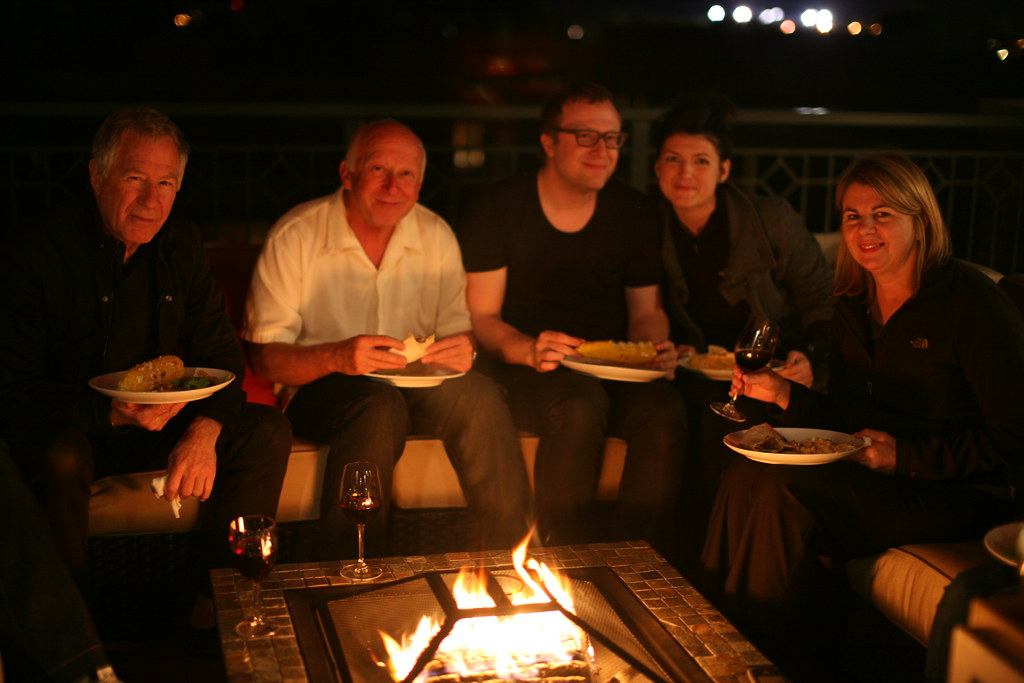
6. **Learning to Accept and Respect Personal Needs**One of the most profound and positive transformations reported by introverts during the pandemic has been a heightened awareness and acceptance of their own intrinsic needs. This period of forced introspection and reduced social pressure allowed many to truly ‘pay attention to and respect who you are, rather than expect yourself to be someone you are not.’ This self-acceptance is a powerful takeaway from the crisis, empowering individuals to live more authentically.
Leticia’s experience vividly illustrates this. She realized ‘that she did not need to worry so much about whether or not she was pleasing others.’ More concretely, she understood her need for quiet to think, leading her to seek ‘a new job – one where I can work from home at least part of the time, and where I can have a quiet spot for working when I’m in the office.’ This demonstrates how self-awareness can translate into actionable life changes that align with one’s core personality, rather than fighting against it.
Ishmael, too, found similar clarity. He concluded he ‘didn’t need to push himself to go to parties anymore,’ recognizing they were ‘a lousy way to socialize for me’ because he was uncomfortable and rarely met people. His preference shifted to one-on-one interactions, even if he wasn’t adept at conversation. This shift represents a crucial step: once needs are recognized and accepted, the pressure to engage in ‘alienating’ activities diminishes, making it easier to participate in desired social interactions with less internal resistance and more genuine presence.
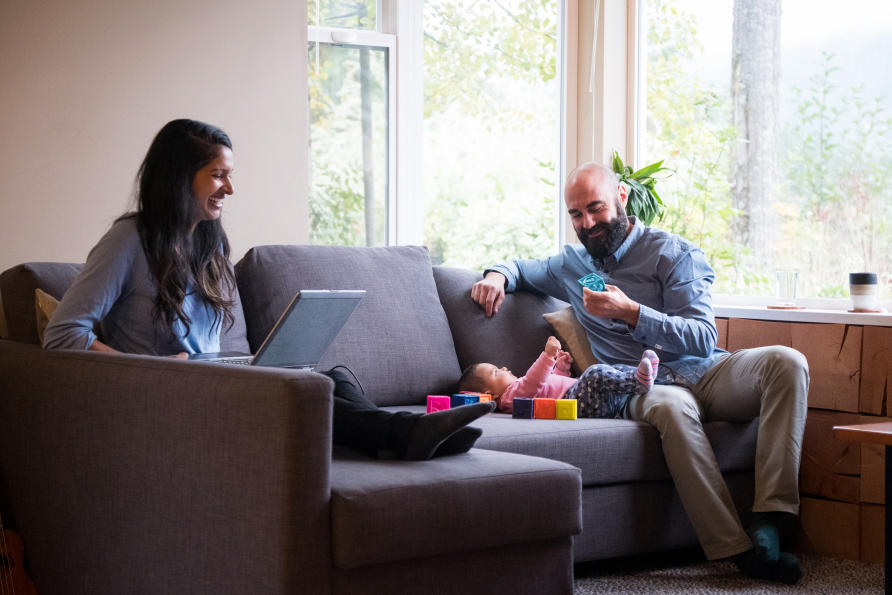
7. **The Myth Debunked: Introverts Didn’t Always Thrive in Lockdown**Early in the pandemic, a pervasive stereotype took hold: that introverts would effortlessly thrive in lockdown, seeing it as their natural habitat. Writer Jon Ronson was an early proponent, stating, “For introverts, self-isolating is no big deal, so I actually think we’re going to be fine.” This sentiment was echoed across various media outlets, with headlines proclaiming introverts would find lockdown ‘liberating’ and didn’t ‘mind sheltering at home.’ Some even ‘chastised the “introvert pride” movement for “taunting” extraverts’ with their supposed enjoyment.
The reality, however, proved to be far more complex and nuanced than these initial assumptions. Psychological studies conducted during the pandemic have now largely debunked this myth, revealing that introverts, too, struggled significantly with the isolation. Susan Cain, author of ‘Quiet Power: The Secret Strength of Introverts,’ insightfully noted, “The truth turned out to be more nuanced. Yes, introverts require less social stimulation than extroverts do. But the extreme situation of the pandemic wasn’t easy on anyone.” This highlights that while introverts may prefer less social stimulation, extreme, prolonged isolation is detrimental to all.
Research further substantiates this complexity. Dunigan Folk’s team, for instance, found ‘just small drops in social connectedness during the pandemic, and little difference between how introverts and extroverts fared.’ This indicates that the core human need for connection, even for introverts, was impacted. Ijeoma Njaka, an inclusive pedagogy specialist at Georgetown University, an admitted introvert, confessed, “As an introvert, it feels weird saying this, but I do miss seeing people.” She further learned that ‘extended isolation doesn’t help,’ underscoring that even for those who cherish solitude, there is a limit to how much isolation is beneficial, contradicting the simplistic narrative of introverts happily retreating into permanent hermitage.” , “_words_section1”: “1945
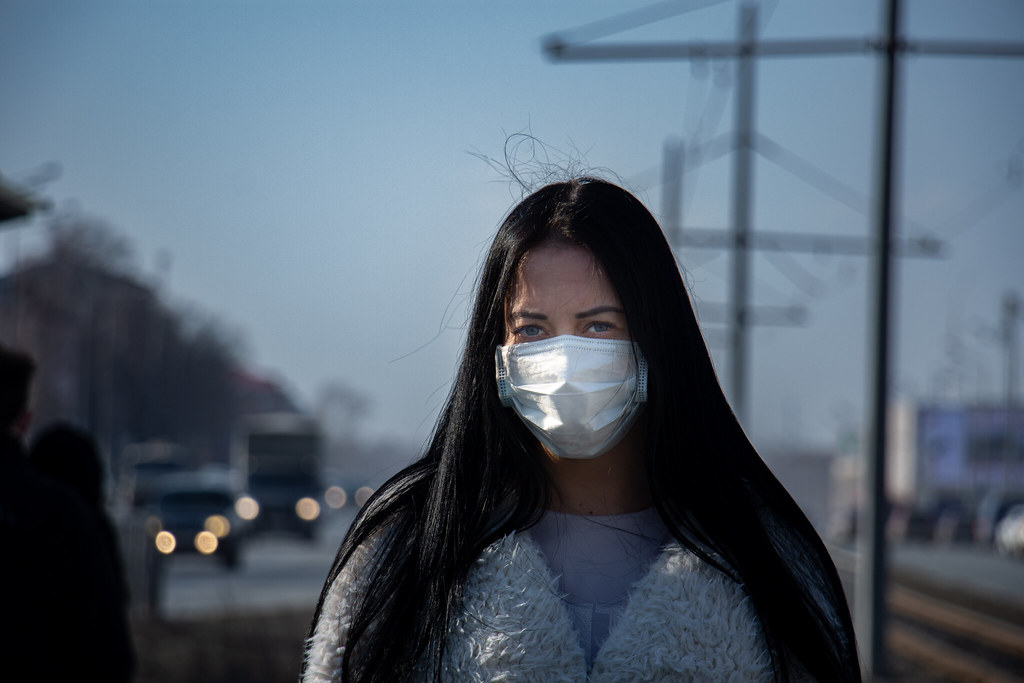
8. **Reflecting on Lessons Learned During the Pandemic**As we collectively transition into a new phase of global interaction, one of the most powerful tools at an introvert’s disposal is intentional reflection. It’s easy to simply try to forget the anxieties and challenges of the past year, eager to push 2020 permanently into the rearview mirror. However, to truly thrive in the post-pandemic world, it’s paramount to pause and deeply consider the profound lessons that this unprecedented period has offered about oneself, one’s working style, and what truly constitutes personal well-being.
This isn’t about dwelling on negativity, but rather an active process of self-discovery. The introspection forced by reduced social demands and a slower pace of life allowed many, like the individual who “grew to love my quiet little bubble,” to gain crucial clarity. Asking oneself what has been learned — about working best, about personal needs, about the kind of environment one truly flourishes in — provides invaluable clues for intentionally crafting a more fulfilling future. For instance, focusing on what one can control and letting go of the rest emerged as a significant lesson for some, leading to a profound re-evaluation of life’s priorities.
Ultimately, the post-pandemic era offers an unprecedented opportunity to embrace this newfound freedom to truly be oneself. It encourages individuals to stop pushing themselves into ‘alienating’ activities and instead to design lives that allow them to engage in desired social interactions more authentically and with less internal resistance. By prioritizing reflection, setting clear boundaries, communicating honestly, and fostering mutual understanding, introverts are uniquely positioned to not just cope, but to genuinely thrive in a world that is, hopefully, becoming more attuned to the diverse spectrum of human needs.”

